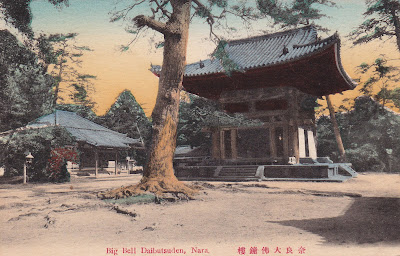'He that is weak-legg'd must not fall in love with Rome, nor an infirm head with Venice or Paris'. - Sir Thomas Browne - 'A Letter to a Friend'
Paris syndrome is a sense of extreme disappointment and a severe form of culture shock experienced by some when visiting Paris. Its believed to be caused by factors such as language barrier, cultural differences, exhaustion and above all else, idealization. Symptoms of the syndrome can include - acute delusional states, hallucinations, feelings of persecution (perceptions of being a victim of prejudice, aggression and hostility from others) depersonalization, anxiety and psychosomatic manifestations such as dizziness, tachycardia, sweating and even vomiting.
Statistically the condition affects very few people (00.00020% worldwide). However, Japanese and Chinese tourists are vulnerable to this psychiatric condition, probably because Paris has been heavily romanticized in both Japanese and Chinese culture.
The Japanese psychiatrist Hiroaki Otaka is credited with coining the term in the 1980s and he published a book of the same name in 1991. A spokesman for the Japanese embassy in Paris in 2006 stated, "there are around 20 cases a year of the syndrome and it has been happening for several years". Jean-Francois Zhou, president of the association of Chinese travel agencies in France, said "Chinese people romanticize France, they know about French literature and French love stories... But some of them end up in tears, swearing they'll never come back." [1].
With his deep interest in unusual psychic phenomena and introduction of medical words such as 'pathology' and 'hallucination' among others, the English physician-philosopher Sir Thomas Browne (1605-82) was well qualified to identify the phenomena of Paris syndrome.
Browne makes allusion to geographical psychopathology in A Letter to a Friend (circa 1657 pub. post. 1690). Written as consolation following the premature death of the English Cavalier poet Richard Lovelace (below) his witty and profound epistle is replete with reflections on medical case-histories.
Within the following paragraph of A Letter to a friend Browne names the geographic locations of Norfolk, Portugal, Austria, Vienna, Rome, Paris, Greenland, the Atlas Mountains of North Africa and the Antipodes. He also defines the ozone-rich air of East Anglia as 'Aerial Nitre', introduces the word 'migrant' into English language (from the Latin verb migrāre, meaning 'to move'), refers to the proto-psychology of Hippocrates (c. 460 – c. 370 BCE) in which those said to be choleric were believed to possess fiery energy and passion, and advises against 'infirm heads' that is, impressionable minds from visiting Venice or Paris. Browne's proposal that specific geographical locations can affect physical and mental health concludes with speculation on avian migratory routes.
'He was fruitlessly put in hope of advantage by change of Air, and imbibing the pure Aerial Nitre of these Parts; and therefore being so far spent, he quickly found Sardinia in Tivoli, [2] and the most healthful Air of little effect..... He is happily seated who lives in Places whose Air, Earth, and Water, promote not the Infirmities of his weaker Parts, or is early removed into Regions that correct them. He that is tabidly inclined, were unwise to pass his days in Portugal: Cholical Persons will find little Comfort in Austria or Vienna: He that is weak-legg'd must not be in Love with Rome, nor an infirm Head with Venice or Paris. Death hath not only particular Stars in Heaven [3] but malevolent Places on Earth, which single out our Infirmities, and strike at our weaker Parts; in which Concern, passager and migrant Birds have the great Advantages; who are naturally constituted for distant Habitations, whom no Seas nor Places limit, but in their appointed Seasons will visit us from Greenland and Mount Atlas, and as some think, even from the Antipodes'.[4]
Notes
[1] from Wikipedia
[2] The Roman poet Martial, Epigrams Book 4, Epigram 60, line 5 reads - "Cum mors venerit, in medio Tibure Sardinia est" which translates as "When death comes, Sardinia is in the middle of Tibur" or more poetically, "When death comes, Sardinia is at Tibur". Browne's line illustrates the concept of distant or impossible places appearing close when one is dying.
[3] Browne's stated belief that, 'Death has not only Particular Stars in Heaven' persists, albeit unconsciously, in the present-day usage of the word 'disaster', the root of the word originating from the Italian of disastero meaning an ‘ill-starred event’. (The prefix dis- signifying "apart," "asunder," or "away," and a negative force, in combination with astro meaning 'star' from the Latin of astrum).
[4] Antipodes - relating to Australia and New Zealand.
See also









































